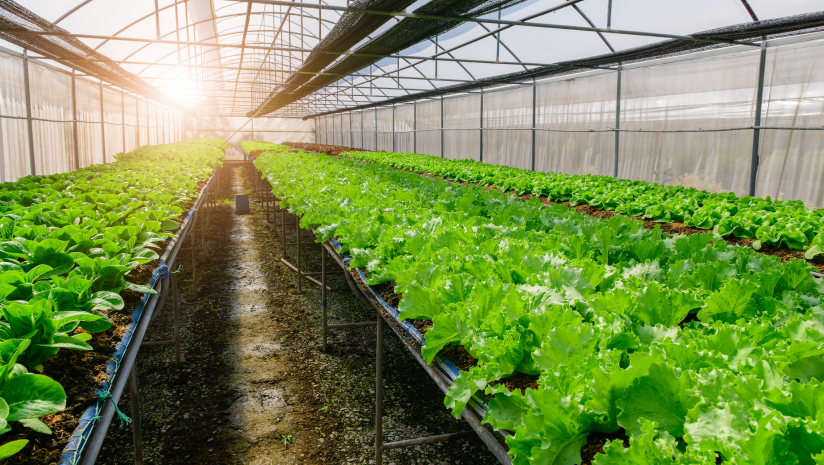Ingenious Ways You Can Do with Agriculture: Unlocking the Potential of Sustainable Agriculture

Since the dawn of civilization, agriculture has been an integral part of human activity. It is a business that cultivates plants and breeds animals to produce food, fiber, and other necessities for human survival. While conventional agricultural practices have been in use for many years, technological improvements have made it possible for farmers to employ more inventive and creative strategies to increase their productivity and efficiency. We will look at some creative uses for agriculture in this blog
Vertical Farming
Crops are grown in layers that are stacked vertically in a process called “vertical farming,” which is a relatively new idea. Given the spatial constraints of urban farming, this strategy is especially helpful. Farmers can maximize space use and improve plant development circumstances, such as light, temperature, and humidity, by using vertical farming. This kind to farming is kinder to the environment and more sustainable because it uses less fertilizer and water.
Precision Agriculture
Precision agriculture entails employing technology to maximize farming operations. This approach uses drones, sensors, and GPS to collect information on crop growth, soil quality, and other aspects that influence farm productivity. Making informed decisions on how to maximize crop yields, cut waste, and enhance overall farm efficiency is done using this data.
Hydroponics
Hydroponics is a way of growing plants without the use of soil. Instead, a nutrient-rich solution is used to cultivate plants, giving them all the nutrients they need to flourish. This approach is especially helpful for urban farming, where poor or zero soil quality may exist. Plants can be grown hydroponically in a controlled atmosphere, giving them the best possible circumstances for growth.
Aquaculture
Aquaculture is the practice of growing fish and other aquatic creatures in controlled conditions. With the use of this technique, farmers may sustainably raise seafood such as shellfish and fish without reducing wild fish sources. Additionally, aquaculture enables farmers to keep an eye on and manage water quality, ensuring that fish are healthy and disease-free.
Companion Planting
Growing various plants together to develop a mutually beneficial relationship is known as companion planting. For instance, some plants may deter pests or draw advantageous insects, while others may enrich the soil with nutrients. With this technique, farmers can increase crop yields while using less pesticides and fertilizers.
Agroforestry
Agroforestry is the practice of incorporating trees and shrubs into traditional farming methods. With the help of this technique, farmers may produce food, timber, and other goods while also enhancing soil quality, lowering erosion, and creating habitat for wildlife. Additionally, agroforestry aids in carbon sequestration, reducing the impact of climate change.
Agriculture is a dynamic industry that is continually evolving. Farmers are now able to use more effective and sustainable production techniques because to advancements in farming technology and processes. These innovative agricultural practices, such as agroforestry and vertical farming, enable farmers to increase food production while preserving the environment and enhancing total farm output. By using these techniques, we can make sure that agriculture continues to be a crucial sector that supports human life for a number of generations.



